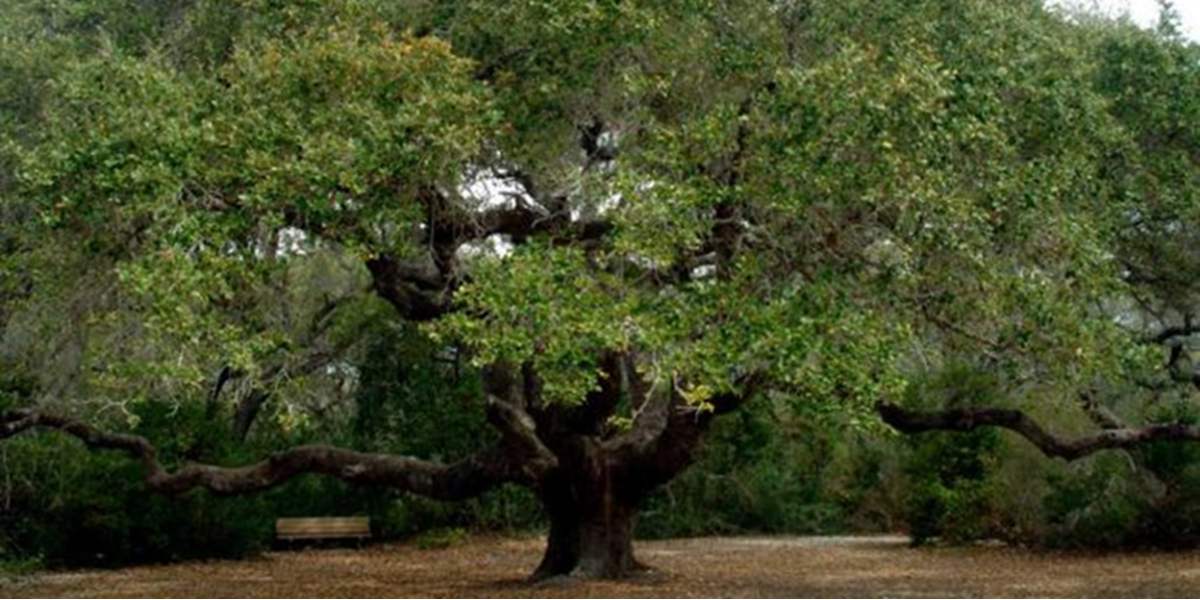

Published April 2, 2002 By KEVIN BASSETT
Tree pruning is the most important aspect of tree care in the urban environment. Proper tree pruning eliminates deadwood, removes branches that conflict with other branches, and removes limbs that interfere with utility lines and homes. Pruning is also necessary to maintain proper clearances over sidewalks, streets, and alleys to prevent damage to the tree as well as people and vehicles. The art of pruning is accomplishing the goals of pruning in a manner which is aesthetically pleasing.
The ideal is to prune with the least amount of injury to the tree. After all, each live branch removed creates a wound. Decay is a process that begins with a wound. Scientifically correct pruning minimizes the extent of the wound and the number of wounds inflicted at any one time. A proper pruning cut is made at the branch collar. It is neither a “flush” cut nor a stub. The tree seals proper pruning cuts most readily. I refer to the trees response to the cut as sealed rather than healed because trees compartmentalize wounds, limiting the amount of tissue affected rather than regenerating new tissue as we humans do when we heal.
The timing of the pruning is less important in most species than how the pruning is accomplished. However, we recommend that the Red Oaks and Live Oaks not be pruned in the spring (February 1st through June 1st). The reason for this recommendation is Live Oaks and Red Oaks are most susceptible to becoming infected with Oak Wilt disease during this period. Both the formation of spore mats on Red Oaks and the activity of the nitidulid, a sap feeding beetle, occur during this period each year. If pruning must be done during this time, it is important to paint the cuts in order to spoil the sap that this beetle feeds on. When a beetle that has visited a spore mat feeds on the sap of a fresh cut, the fungal spores are passed into the open vessels and a new Oak Wilt victim is infected. Fortunately, this insect vector is not very efficient and the fresh sap is only available for a short time. Oak Wilt is spread primarily through root grafts (roots that intermingle) from adjacent infected trees.
Pruning can also be needed to control parasitic plants such as mistletoe. The timing for this type of pruning is best in the dormant season when visibility of the mistletoe is good. Of course, mistletoe can be removed at any time when it is encountered.
Pruning live limbs to maintain proper clearances around houses, lines, streets, sidewalks, and alleys is frequently needed to allow the tree to fit into the space allowed in an urban setting. Light thinning of the canopy is sometimes recommended to improve branching structure or as a concession to the needs of other landscape plants. The important things to remember are that each pruning cut creates a wound that the tree will respond to and the removal of live canopy reduces the amount of food the tree is able create for itself. Severe pruning can be devastating to the health of the tree. Always remember that more pruning can be done later but replacing limbs is not possible. Periodic pruning through the lifetime of an urban tree if done properly and not to excess, can be extremely beneficial to the tree. Improper pruning cuts, excessive thinning, topping, and excessive canopy raising can lead to large areas of decay thus increasing the chances of a failure. This can be devastating when the tree is large and the target valuable.
There is definitely a science and an art to tree pruning. All of the arborists at Arborilogical Services, Inc. constantly strive to increase our knowledge and our skills to provide our clients the most current methods in the Art of Tree Pruning.
